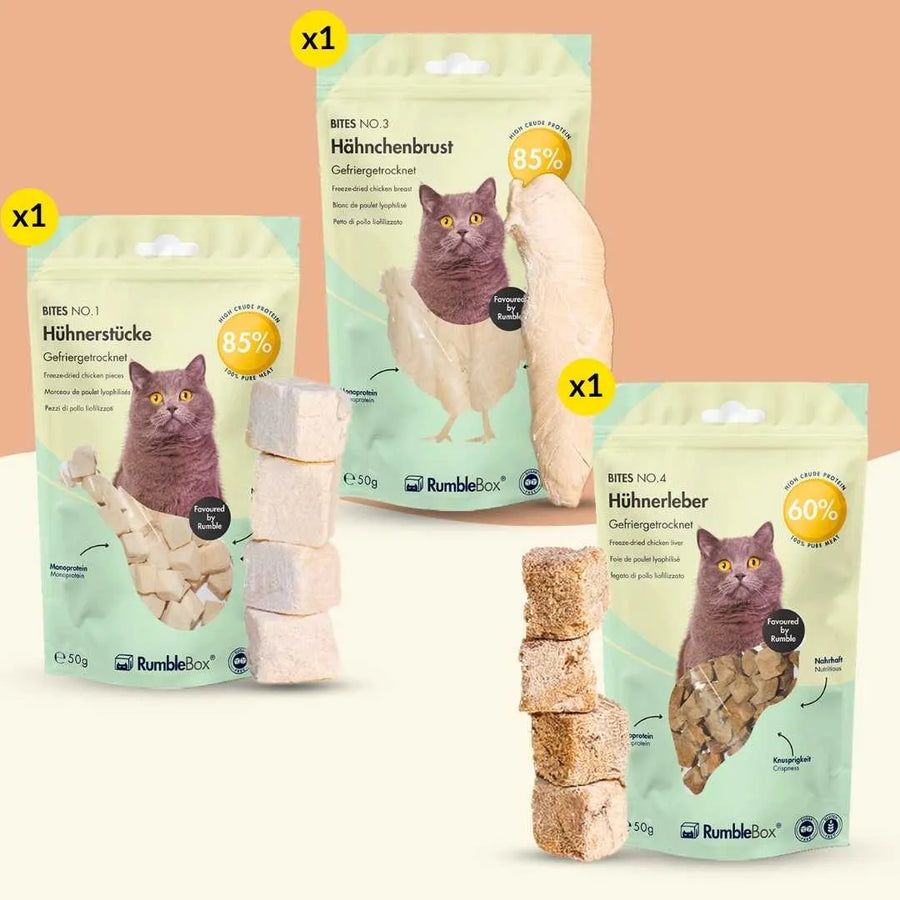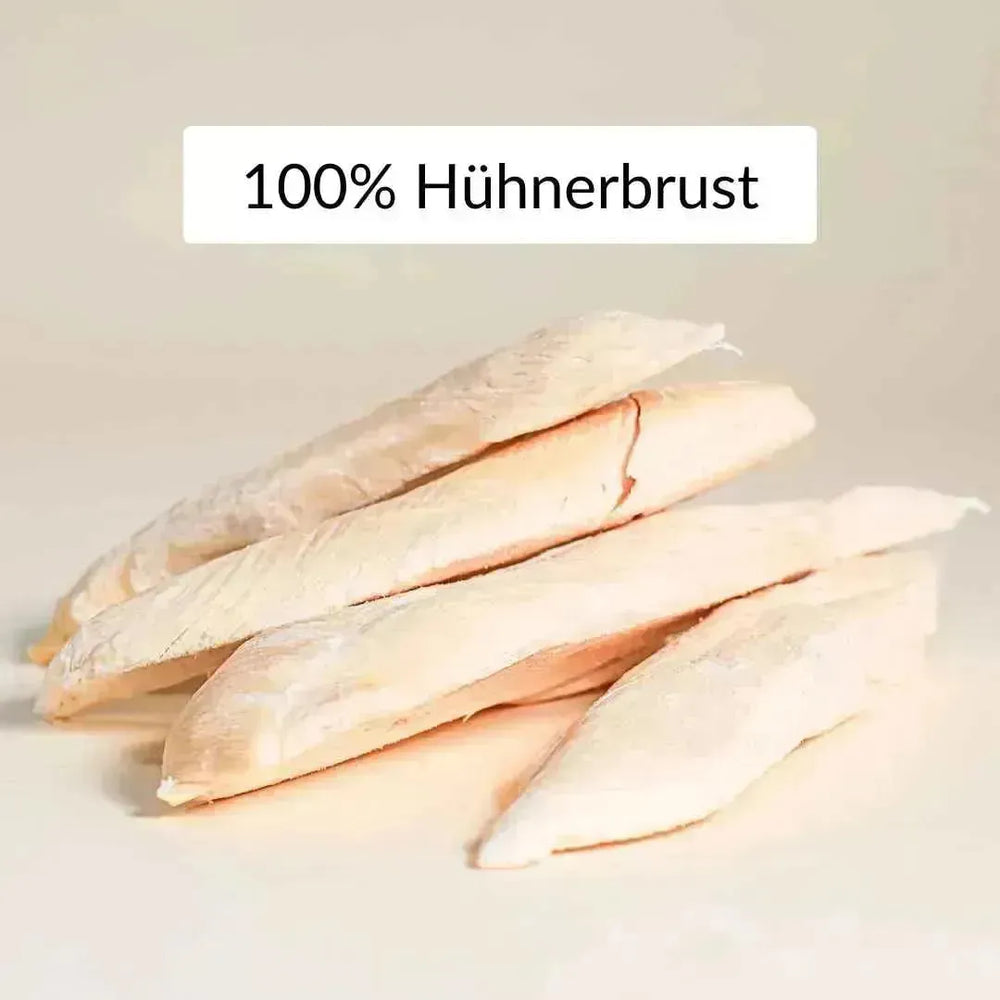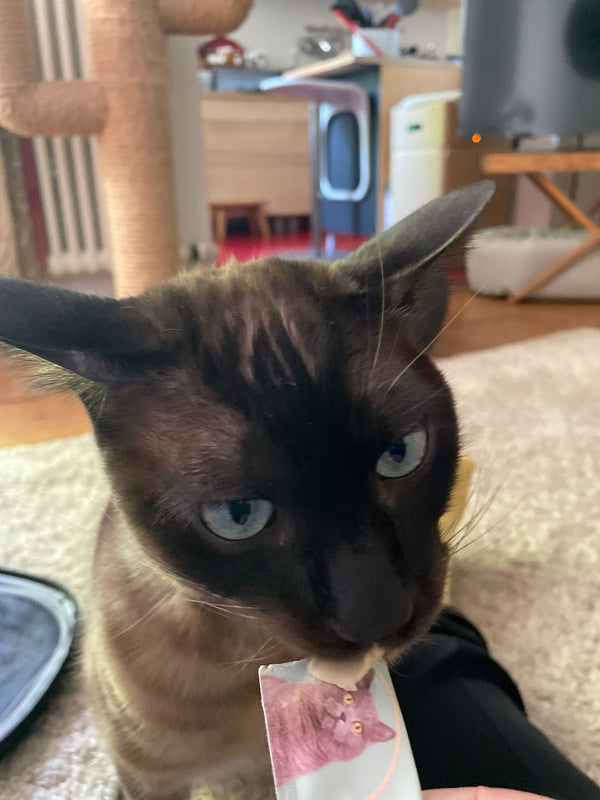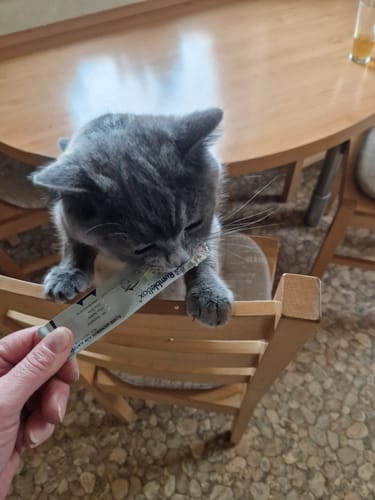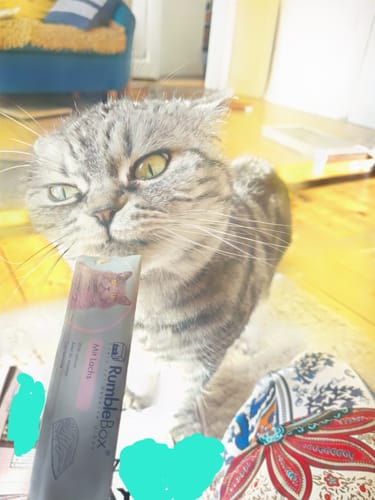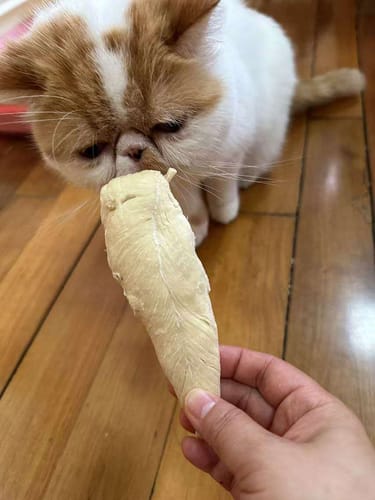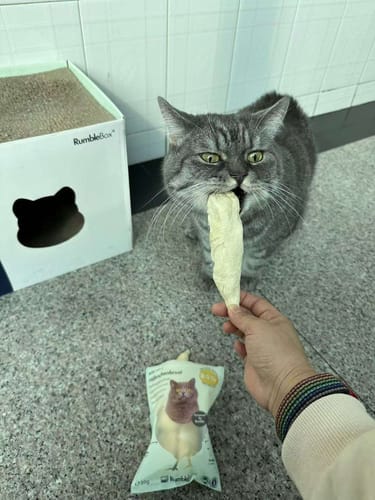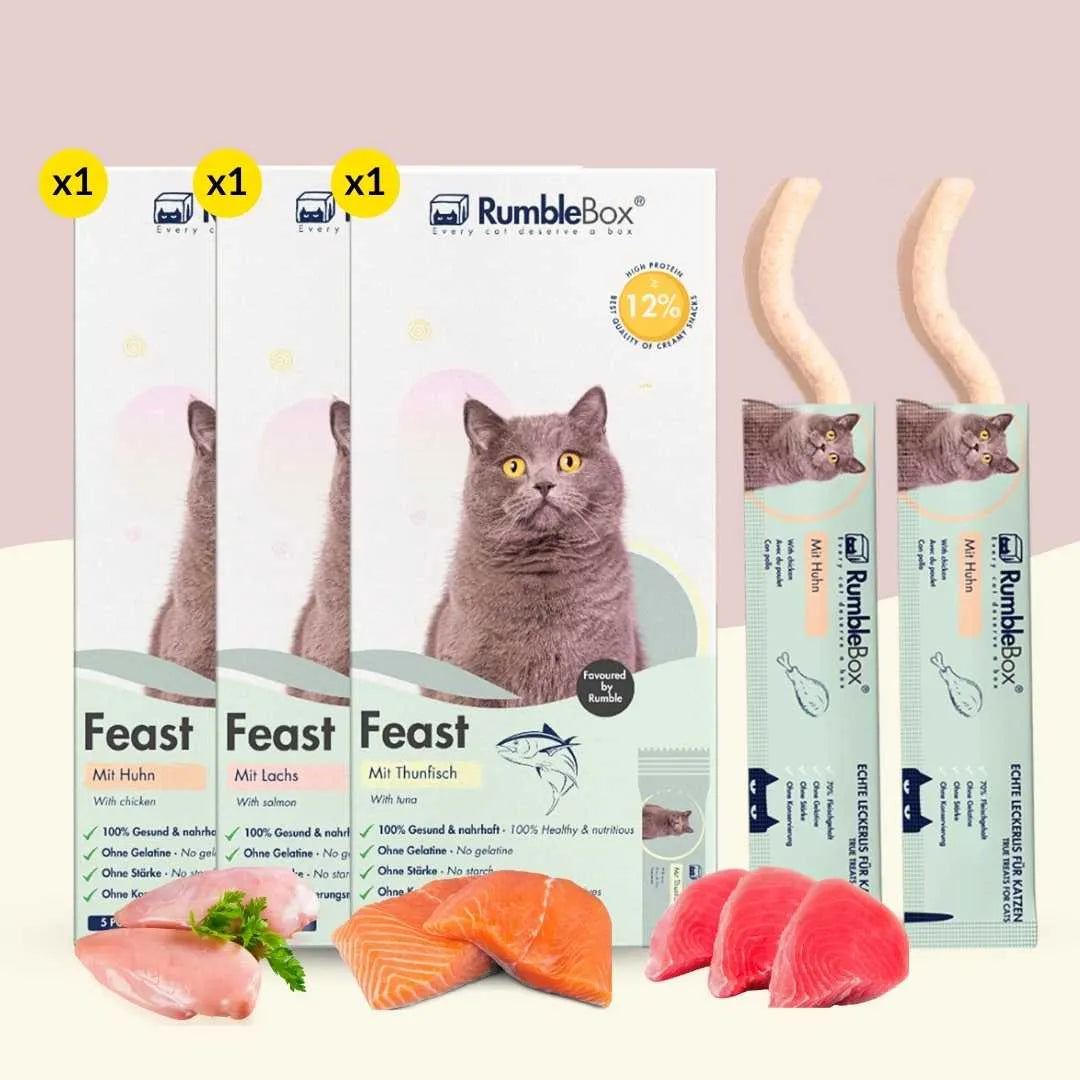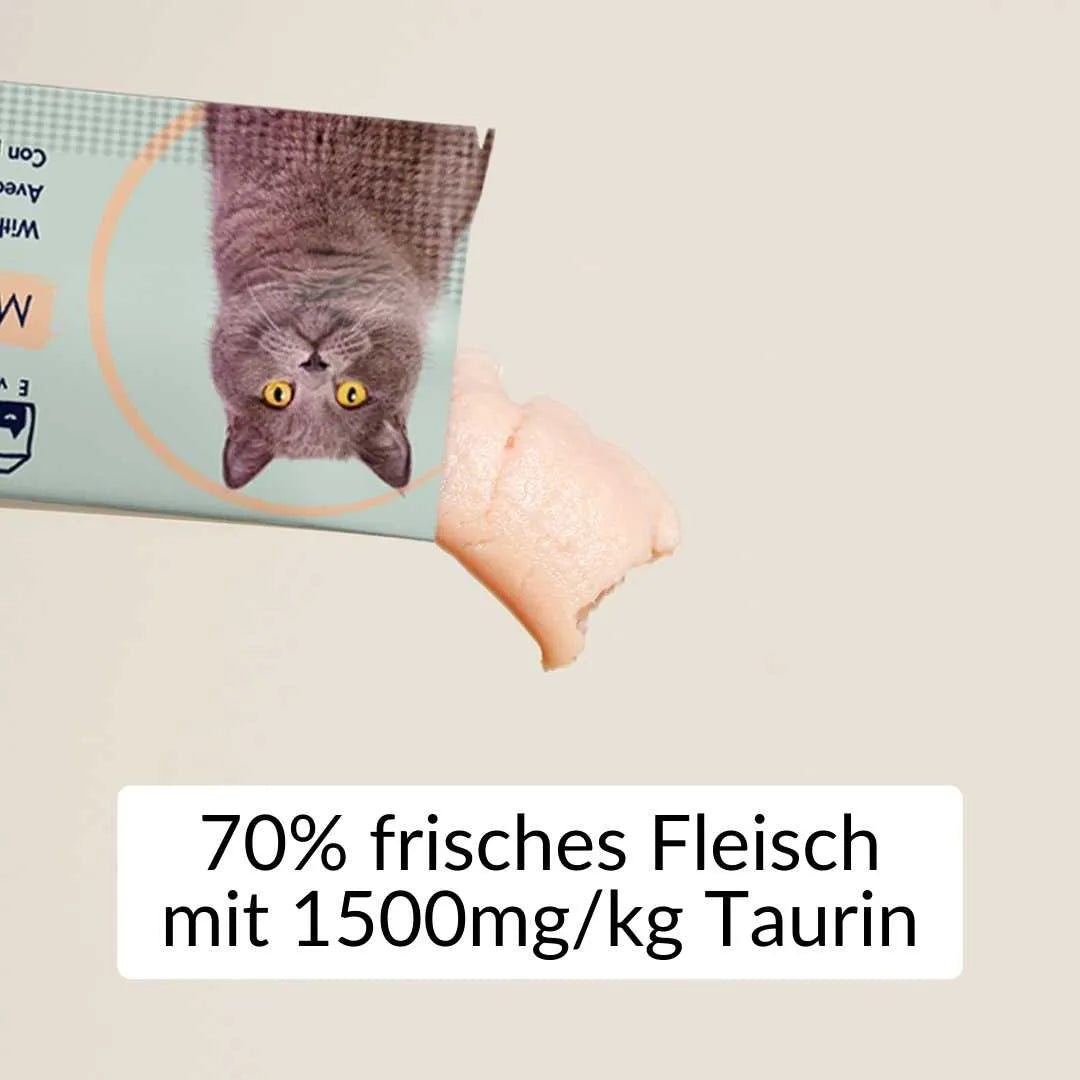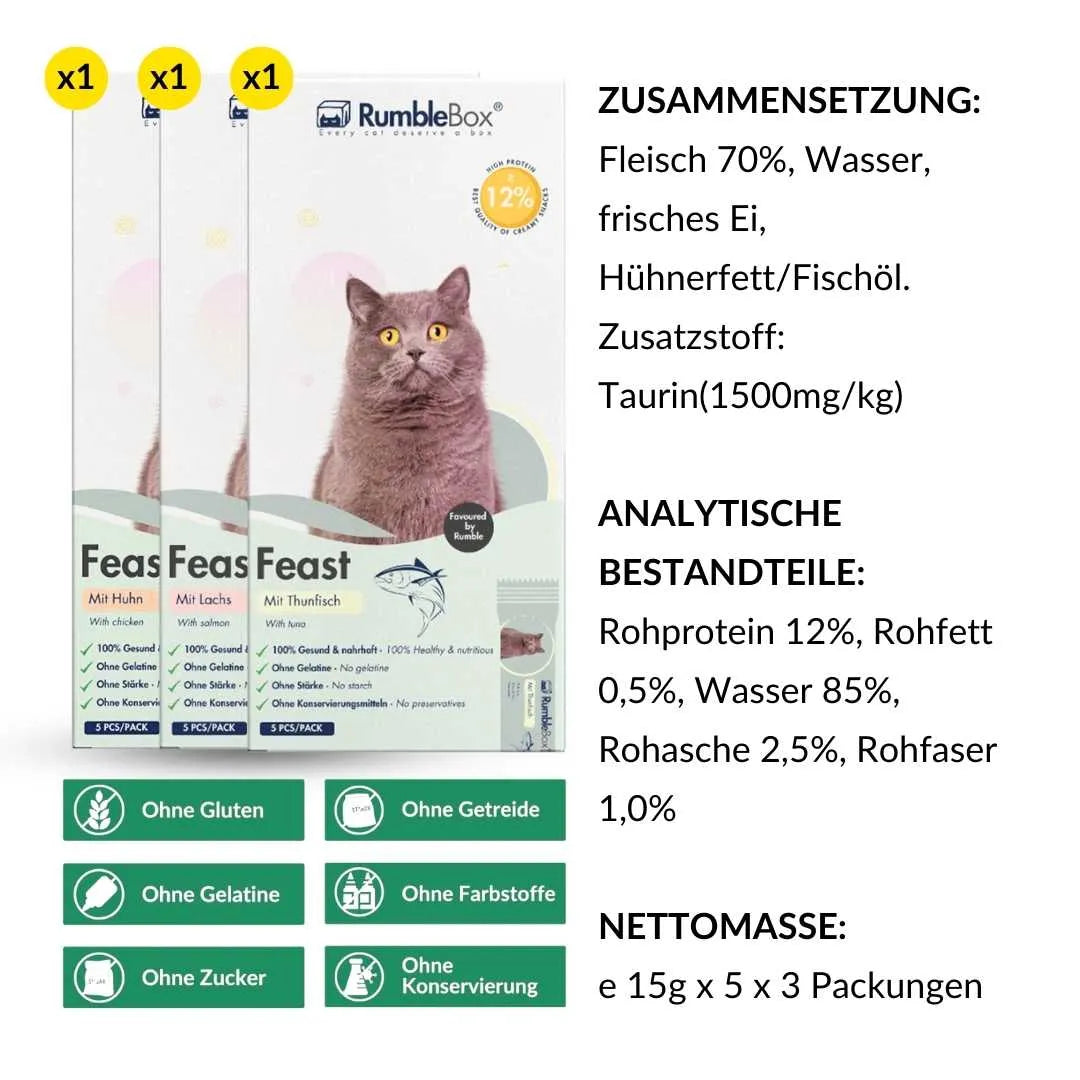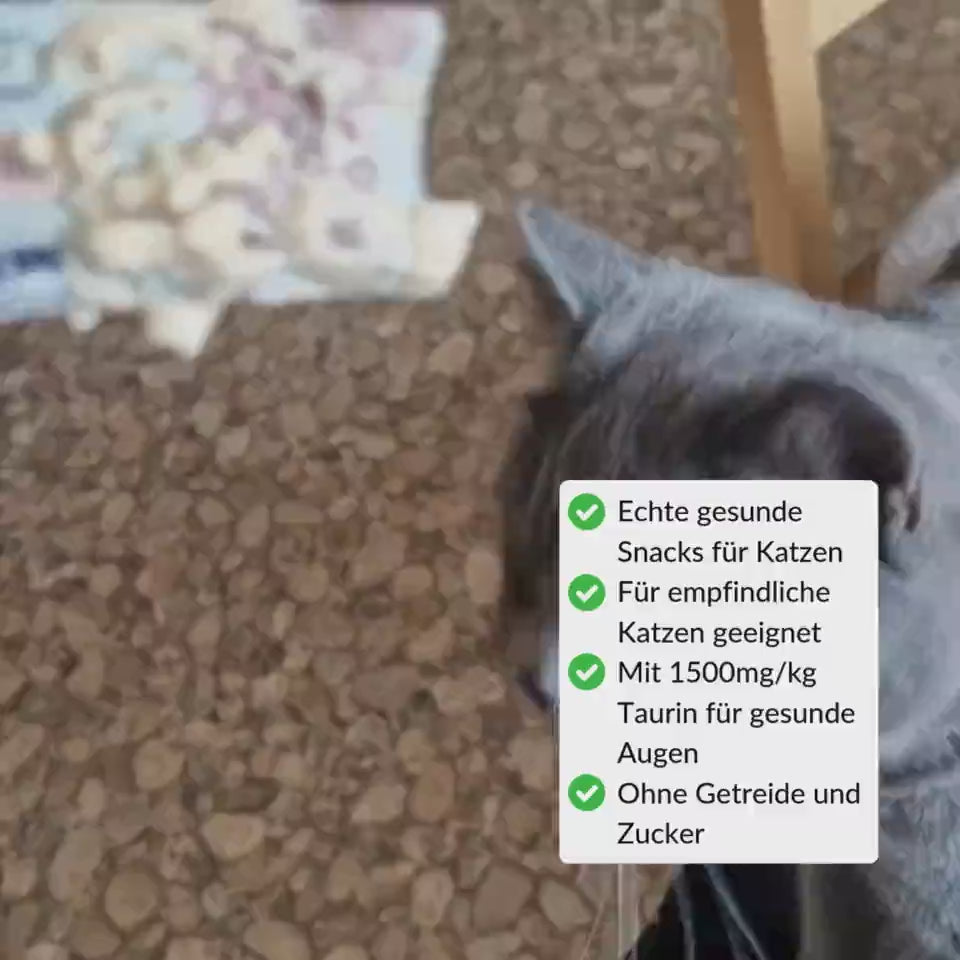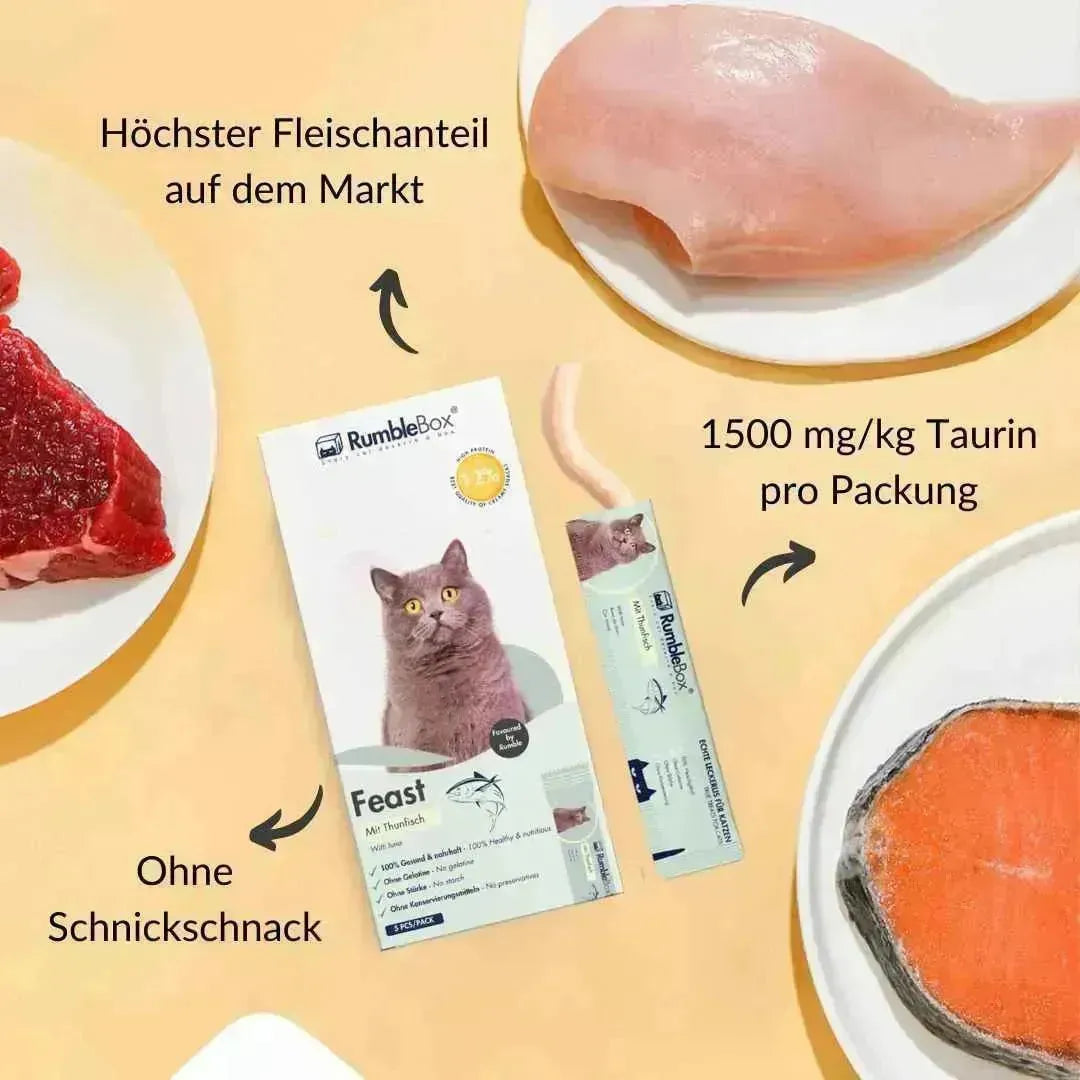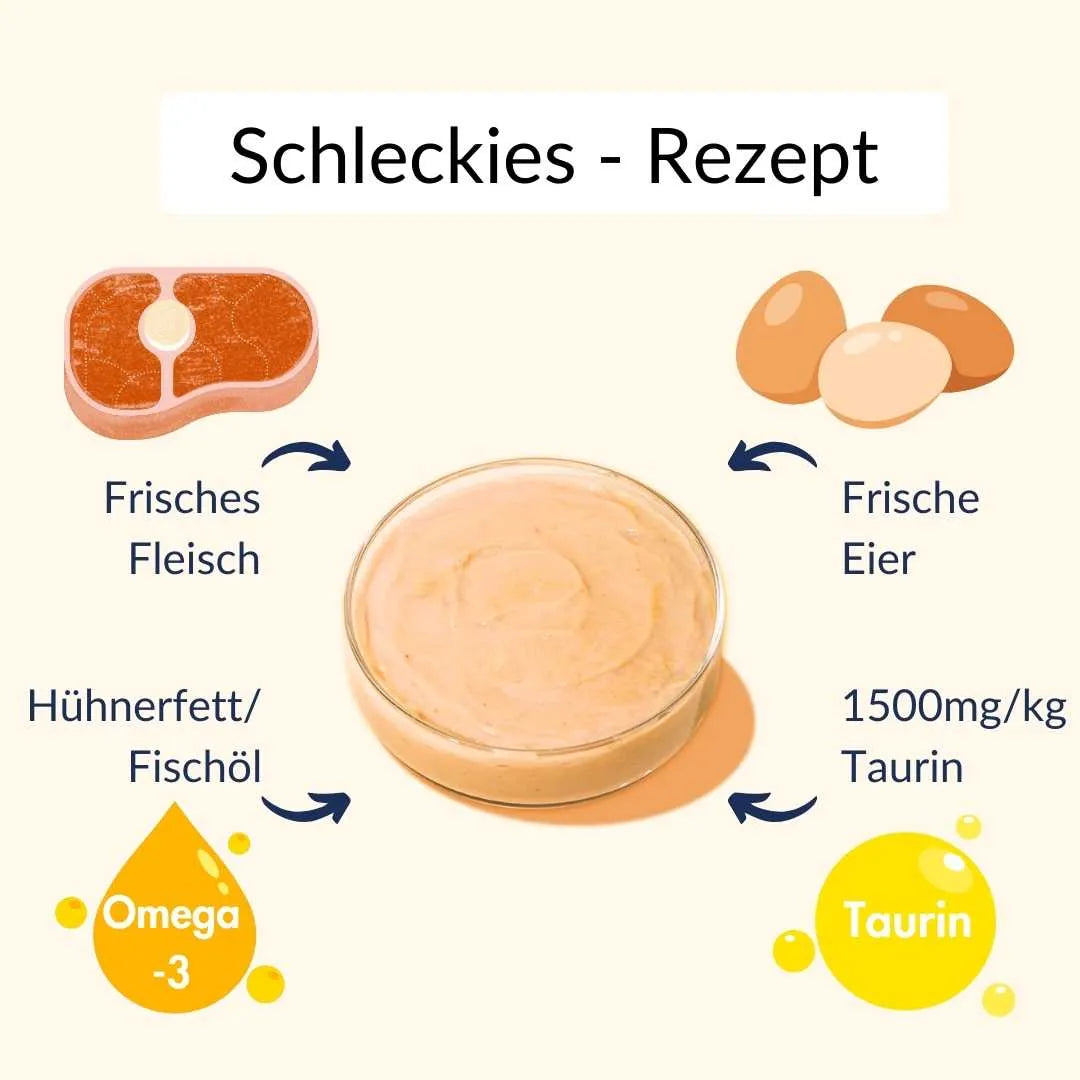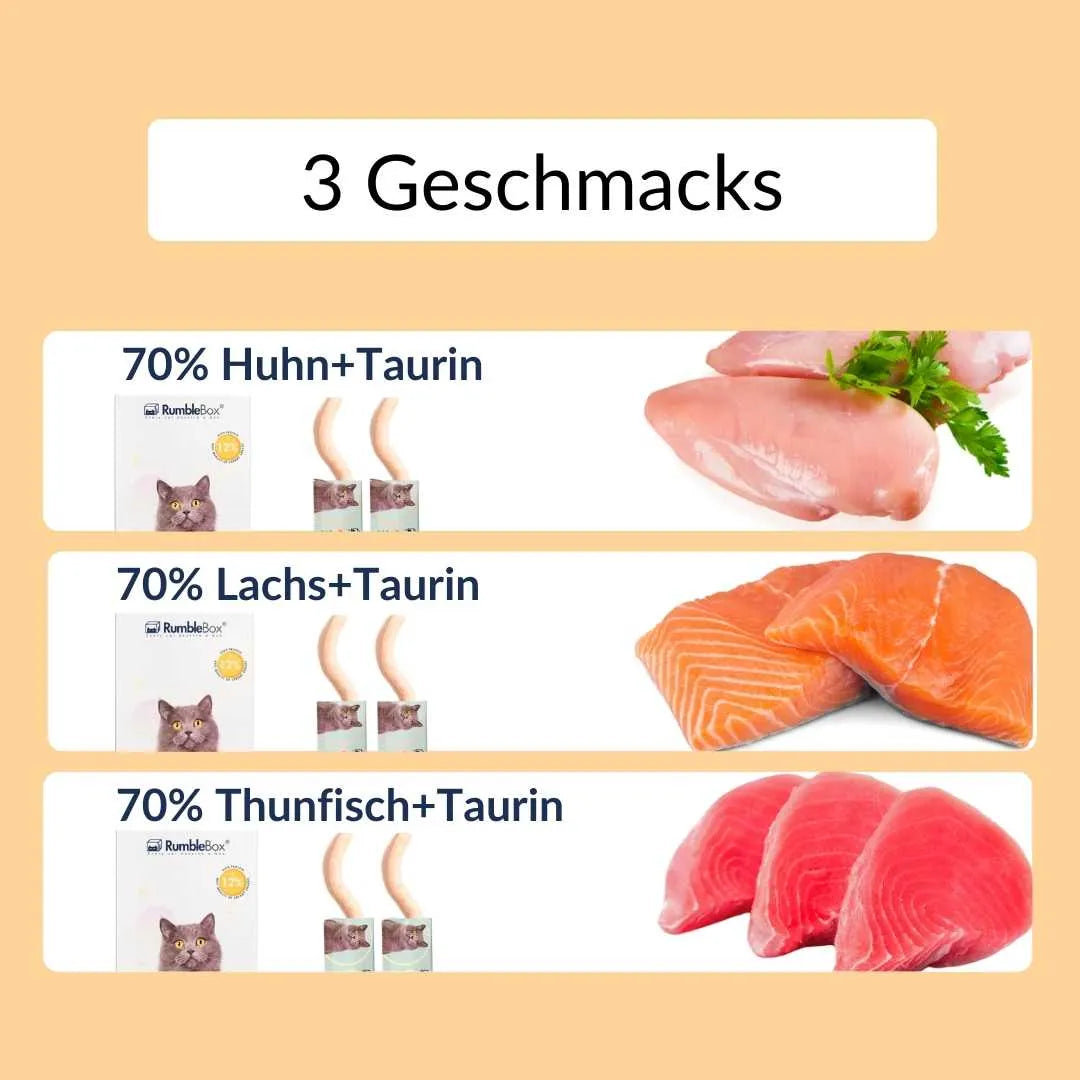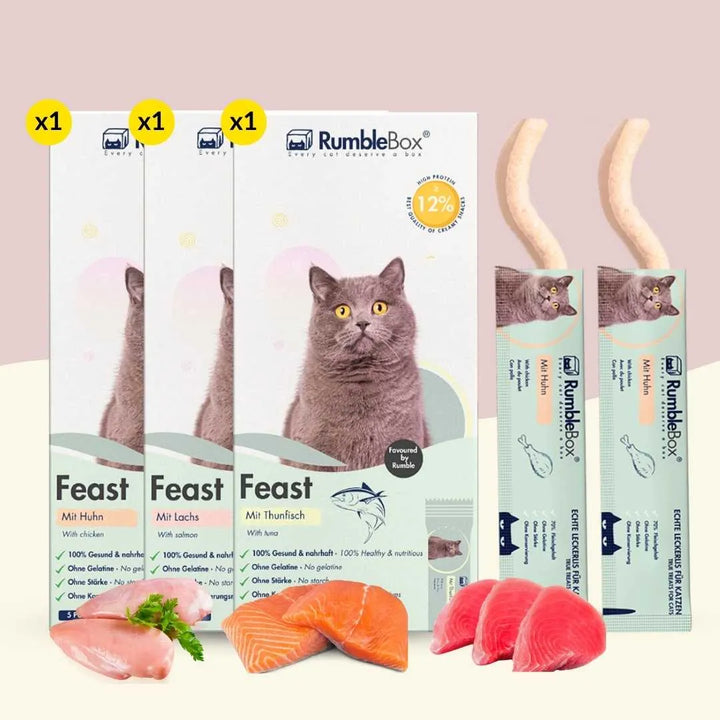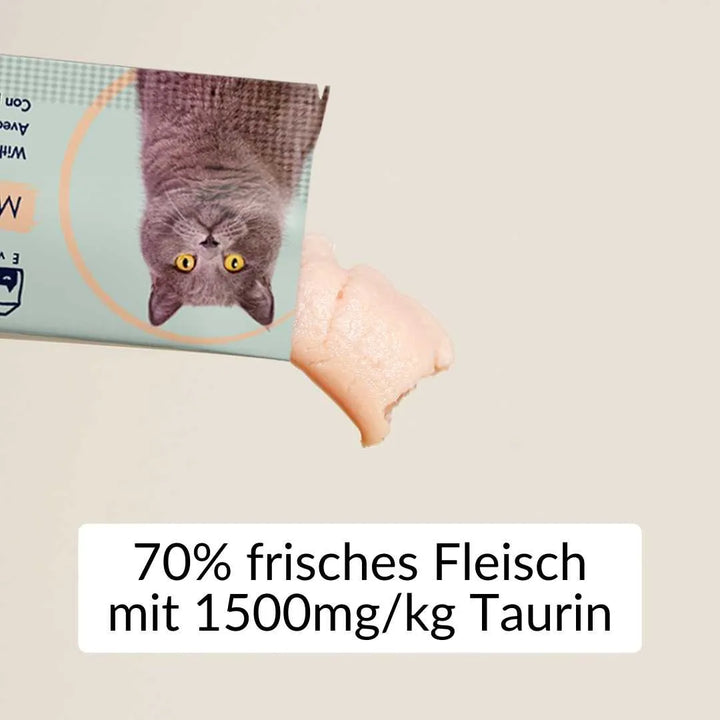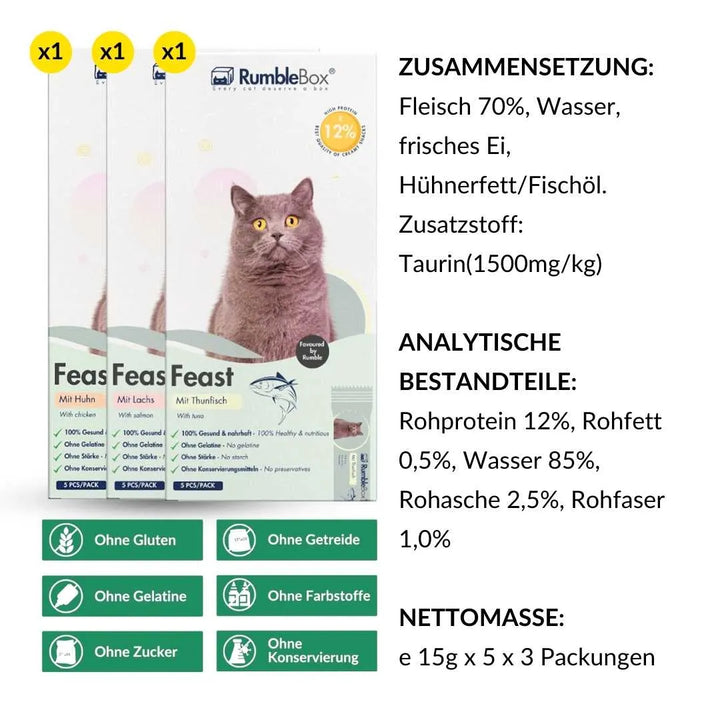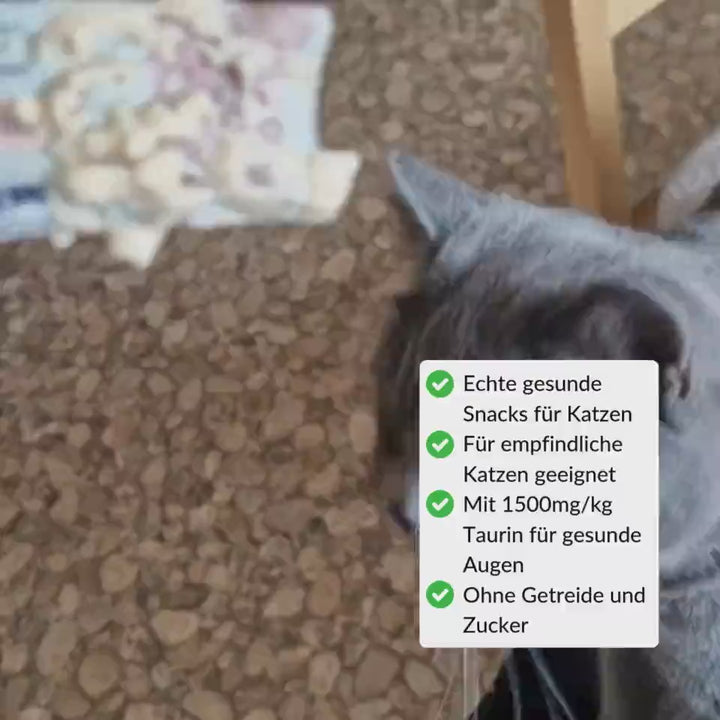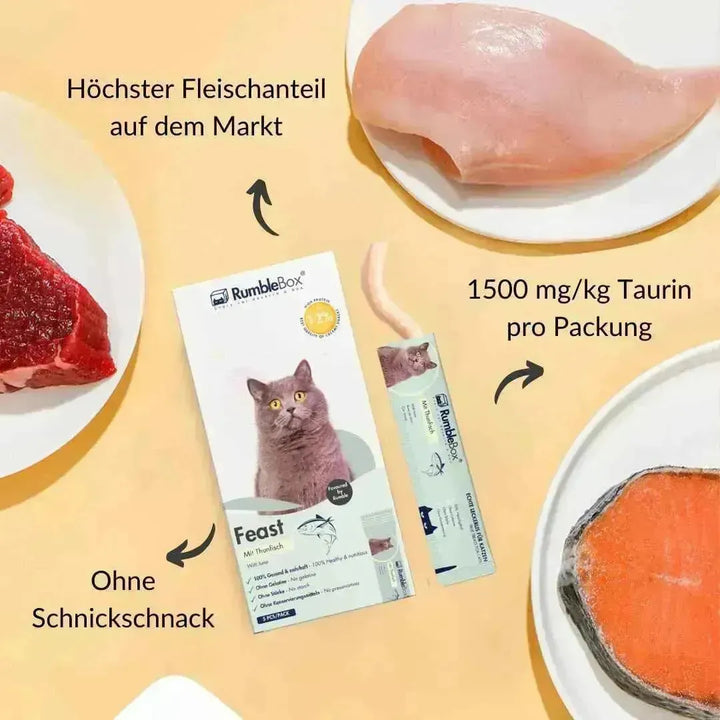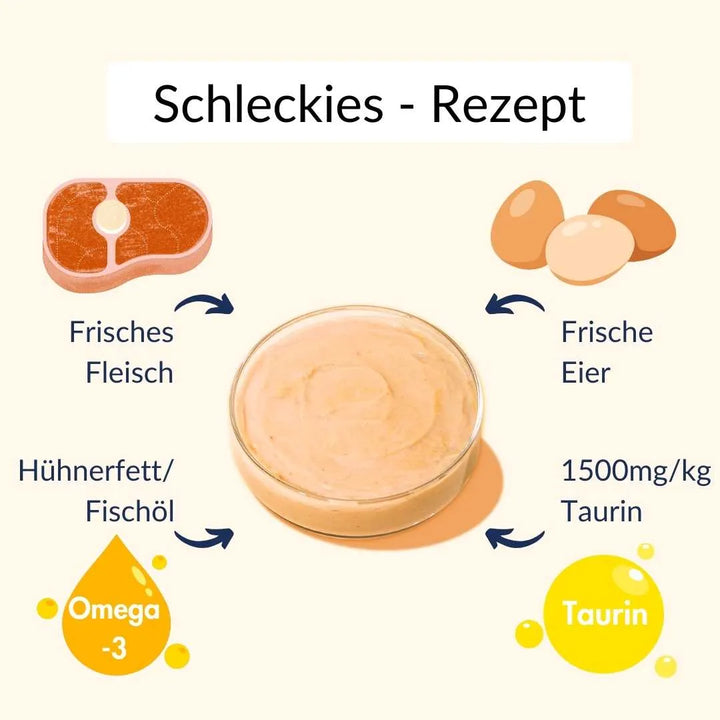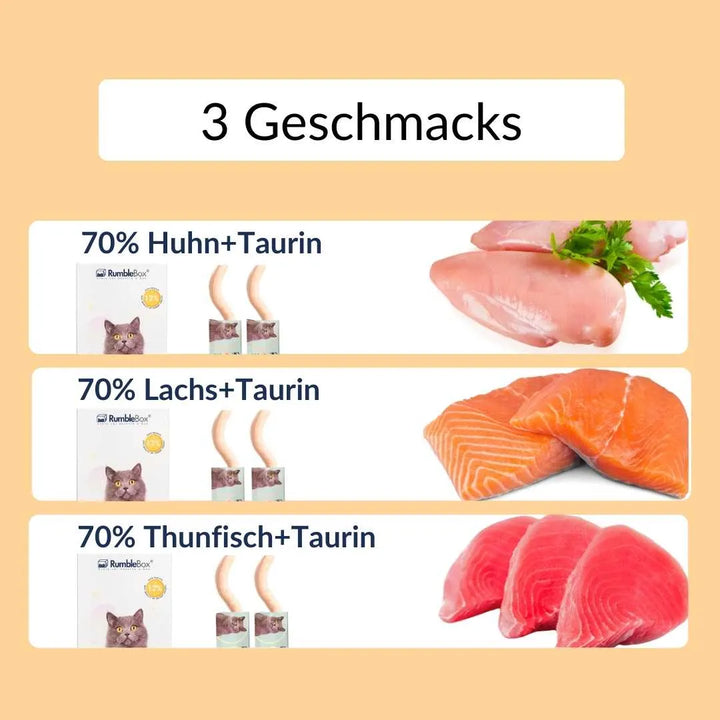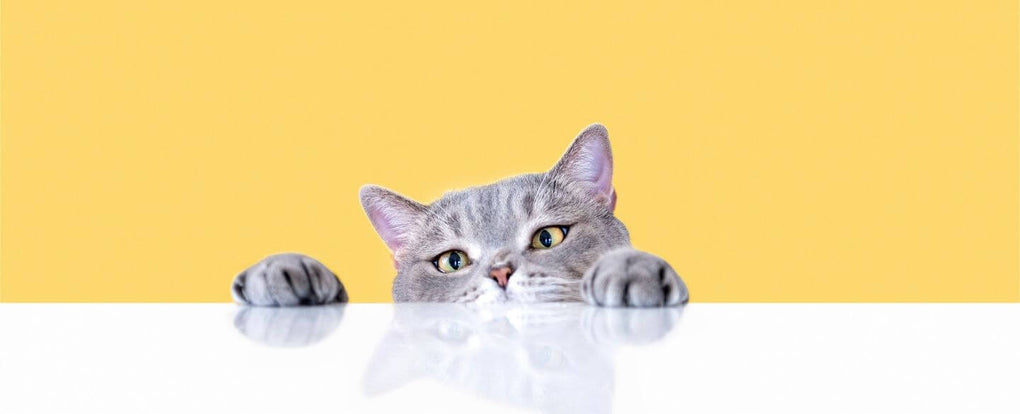Are primroses poisonous to cats? All about this colorful danger
Spring is finally here! Time to breathe fresh air into your home – preferably with colorful primroses. These small spring flowers are available everywhere now: in supermarkets, garden centers, or as gifts from friends.
But wait—if you live with a cat, you should pause for a moment. Because you may have already asked yourself: Are primroses poisonous to cats?
What are primroses – and why do we love them so much?
Primroses belong to the Primulaceae family and are true harbingers of spring. Their vibrant colors and easy-care nature make them popular plants for windowsills, patios, and balconies.
Particularly common species are:
Cushion primroses (Primula vulgaris)
Cup primroses (Primula obconica)
-
Cowslips (Primula veris)
🕒 Primroses bloom between February and April —just when many people want to bring fresh color into their homes. Even in early April, you can still find them in full bloom in supermarkets, garden centers, and on balconies.
But as pretty as they are, they pose a potential danger to cats.
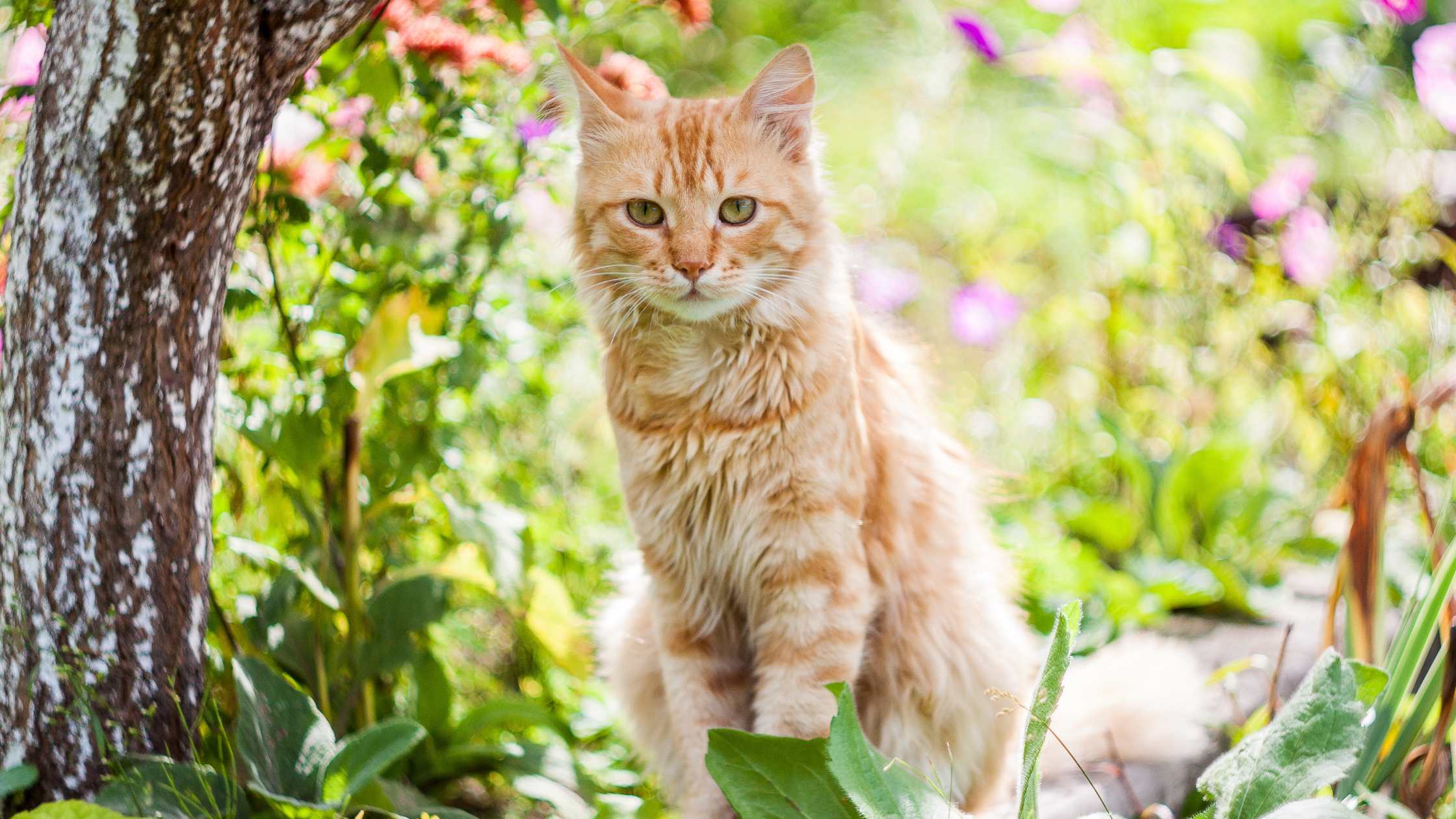
Are primroses poisonous to cats? The clear answer
Yes, they are. Many primrose species contain saponins , a natural substance that can cause health problems in cats. The primrose (Primula obconica) also contains the substance primin —a strong contact allergen.
What does this mean for you as a cat owner? Even nibbling, licking, or even rubbing against plant sap can harm your cat. Contact can be enough to:
irritate mucous membranes
cause skin inflammation
to strain the gastrointestinal tract
The toxicity varies depending on the type of primrose – but one thing is certain: if primroses are poisonous to cats, it is better to ban them from the household.
Why are cats interested in plants?
Many cat owners ask themselves: Why does my cat nibble on plants even though it gets enough food?
The answer: It's natural behavior. Reasons include:
Curiosity or boredom
Play instinct
Trying to get rid of hairballs
Stress reduction or territory expansion
If your cat regularly visits houseplants, it's worth creating alternatives - and being especially careful with poisonous plants like primroses.
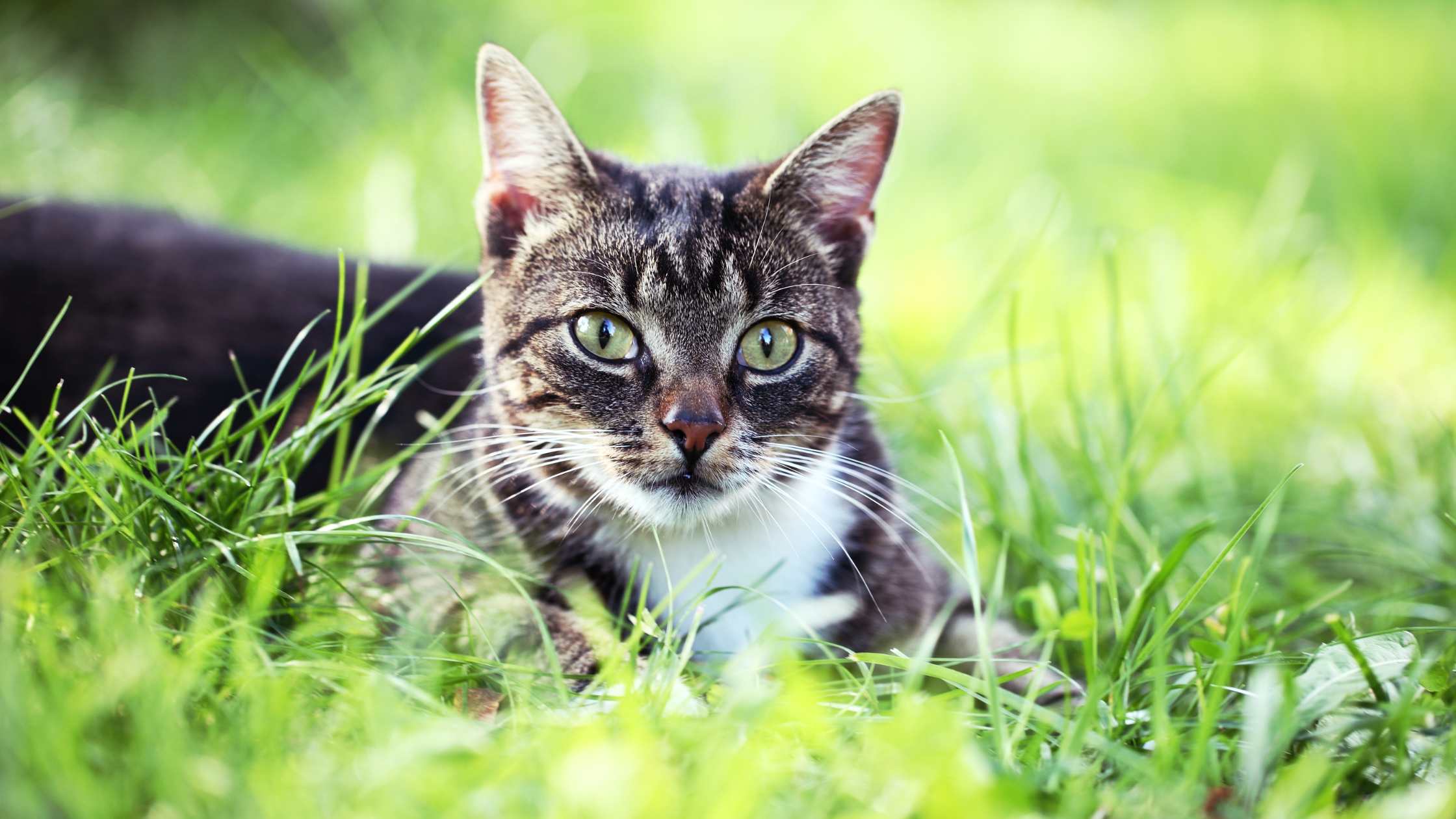
Symptoms of primrose poisoning in cats
If your cat has been playing with or eating a primrose, look for the following signs:
Vomit
Diarrhea
Loss of appetite
Increased salivation
Restlessness or apathy
Itching, skin redness (after skin contact)
Symptoms can appear within hours, sometimes delayed. Even light skin contact can be problematic , especially in sensitive cats.
What to do if poisoning is suspected?
As soon as you suspect that your cat has come into contact with a primrose:
Stay calm – panicking won’t help you or your pet.
Contact your veterinarian immediately.
Bring plant remains with you if possible.
Watch your cat closely for changes in behavior.
Safe plant alternatives for your cat household
Don't worry—you don't have to miss out on beautiful plants. There are plenty of cat-friendly alternatives that are just as pretty but completely safe.
Here are our top 5:
plant |
Advantages |
|---|---|
Cat grass |
Supports digestion |
Cyperus grass |
Soft, decorative and safe |
Spider plant |
Air purifying, non-toxic |
Areca palm |
Tropical flair, cat-safe |
| bamboo |
Robust and harmless to animals |
Tip: Create a small herb garden for your cat, using cat grass, catnip, and valerian. It's a distraction and looks great!
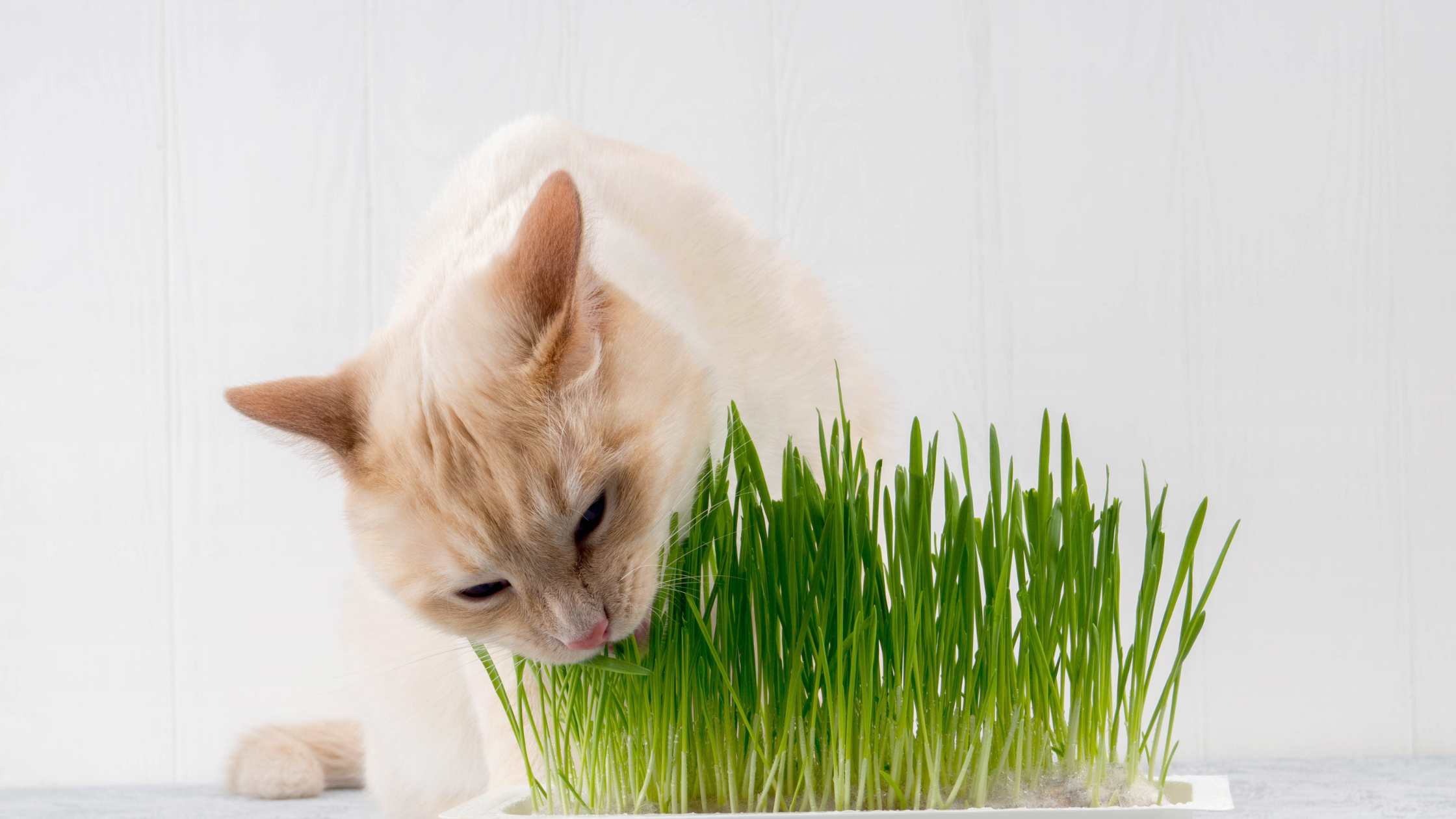
👉 You can find more tips in the article:
“ Is the Calathea poisonous to cats? ”
What about outdoor cats?
If your cat is allowed outside, special care is required. Primroses grow in many gardens, parks, and front yards—especially cowslips and cultivated primroses .
Our tips for outdoors:
Keep your garden free of primroses
Create cat-friendly zones with safe plants
Offer cat grass outside too
Observe behavior after outdoor access
If your cat is unusually tired or vomits after an outing, consider contact with plants as a possible cause.
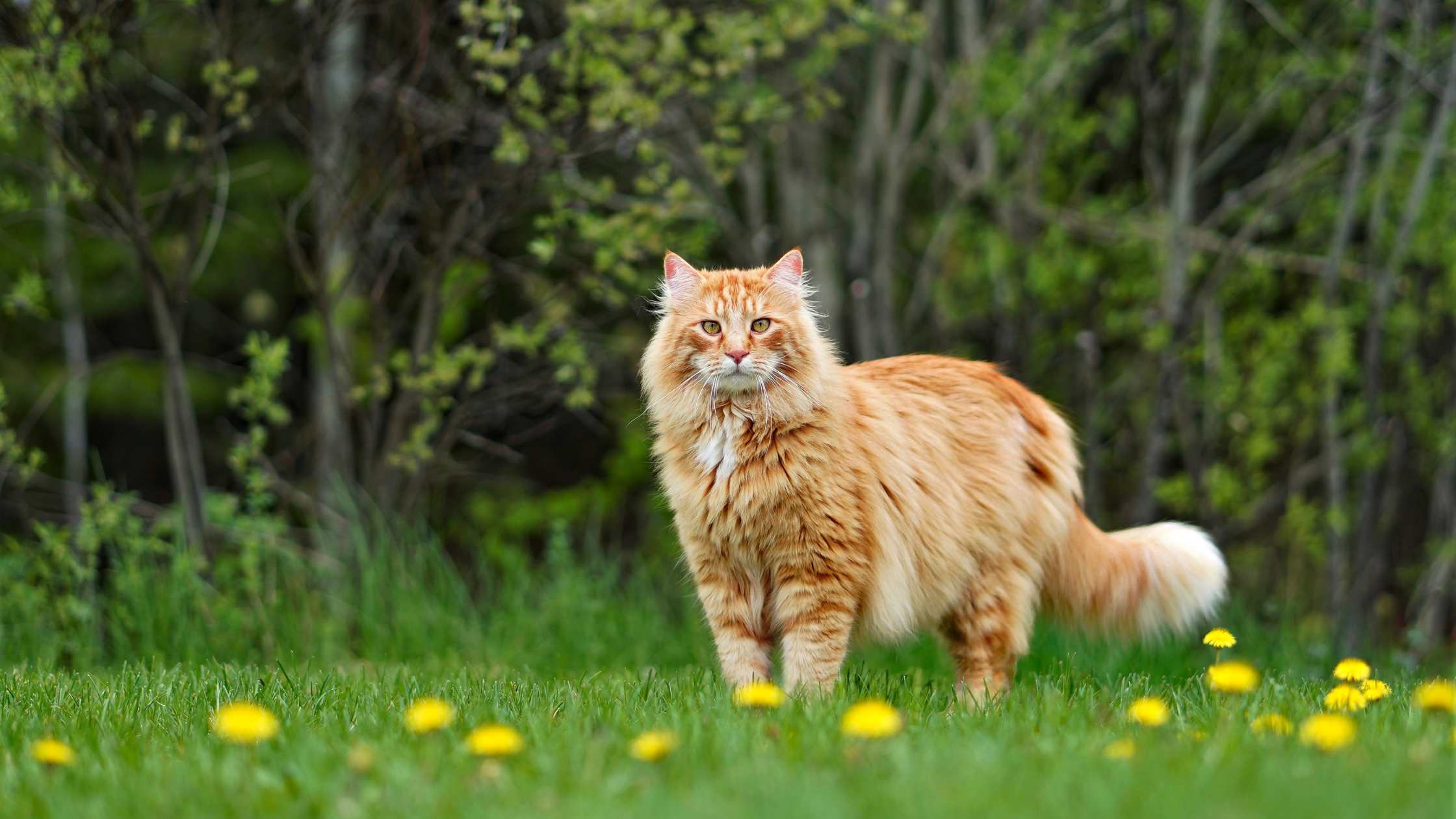
How to get your cat used to plant-free behavior
If your cat has a weakness for plants, then this approach will help:
Strategically place cat grass – as a healthy alternative
Use play offers (e.g. puzzle boards, intelligence toys)
Consistently deny access to poisonous plants
Clicker training: Reward for ignoring the plant
Homemade treats as a reward – if you enjoy cooking for your cat, try our ideas:
👉 Make your own cat food: 10 recipes for cooking cats
Conclusion: Are primroses poisonous to cats?
Yes, primroses are poisonous to cats. They contain substances like saponins and primin , which can irritate mucous membranes. Even contact can cause vomiting, diarrhea, or skin problems.
The solution is simple: No primroses in a cat household. Instead, opt for safe plants like cat grass, spider plants, or cyperus grass. They're pretty—and safe for your cat. 🐾
Thank you for reading this far – it really means a lot to us! We hope you found something useful and maybe your cat is already looking forward to a little something extra. See you soon and lots of purrs!
By the way
Many cat owners pay close attention to the ingredients in their cat's main food , but often forget about treats .
Snacks often contain sugar, grains and artificial additives that can be harmful to health in the long run.
Anyone who truly wants to feed their cat a completely healthy diet should also rely on natural ingredients here:
Hypoallergenic treats without additives – naturally from RumbleBox. Perfect as a reward, during training, or simply as a snack.
Over 2,500 cats have already switched to healthy snacks!
💚






